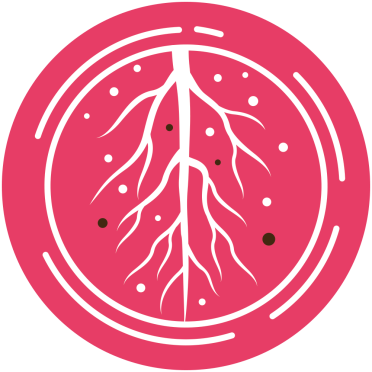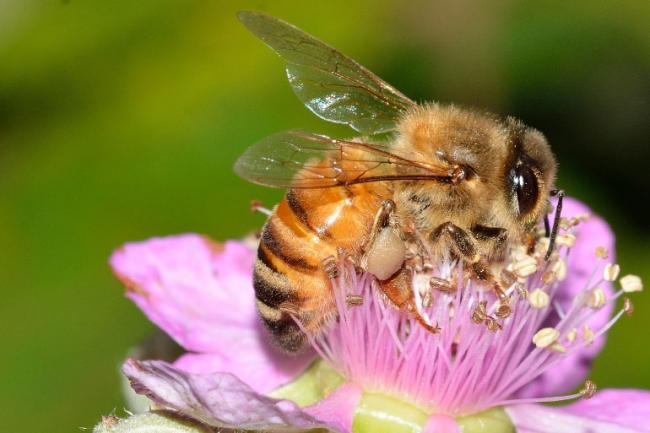Fish are hugely important for global food security, providing billions worldwide with animal protein in a healthy package along with beneficial fats. However, our oceans are fast becoming depleted, so many farmers are looking inland - to aquaculture. But we must ensure that inland aquaculture systems, while providing nutritious and plentiful food, do not fall foul of the same pollution that afflicts our coastlines.
A widely farmed aquaculture species is tilapia, a type of cichlid fish. In countries such as Egypt, this fish is hugely productive. But in others, like Tanzania, the practice of aquaculture is less well developed. Tanzania is home to some of the Great African Lakes, which harbour an incredible biodiversity of cichlid fish. Scientists of the Haerty Group have therefore been working with collaborators around the world, including WorldFish, to improve genetic resources for tilapia so that it can be bred to best cope with local conditions - providing a boost to production.
At the same time, researchers are developing other resources, including a machine learning guided smartphone app. The app helps farmers to distinguish a native fish from a farmed one, allowing them to avoid cross-breeding between captive and wild fish and therefore reducing negative impacts on biodiversity.












